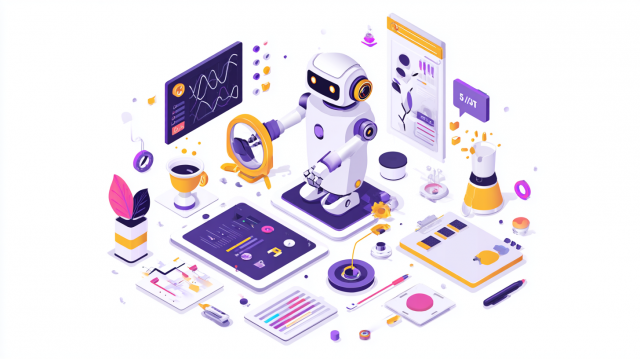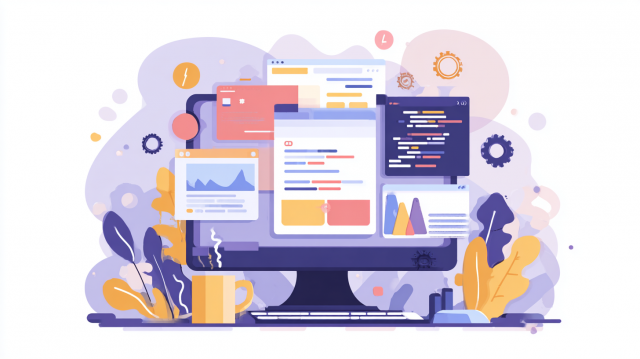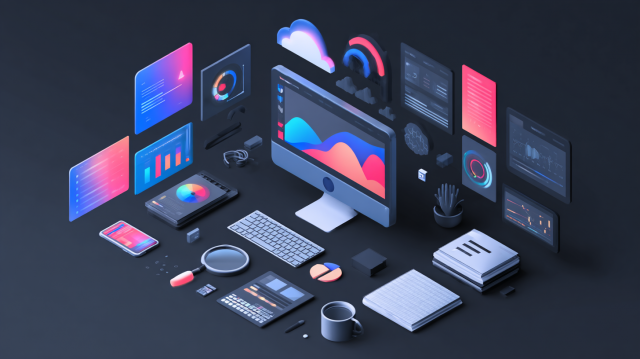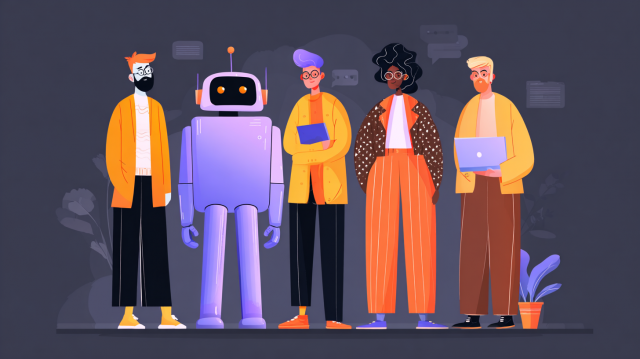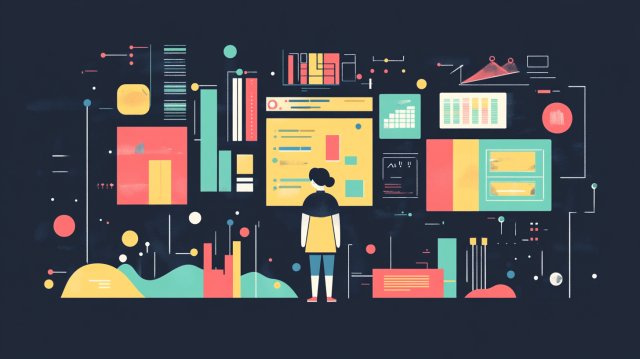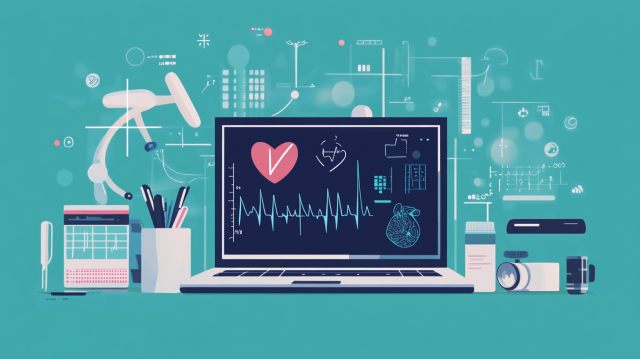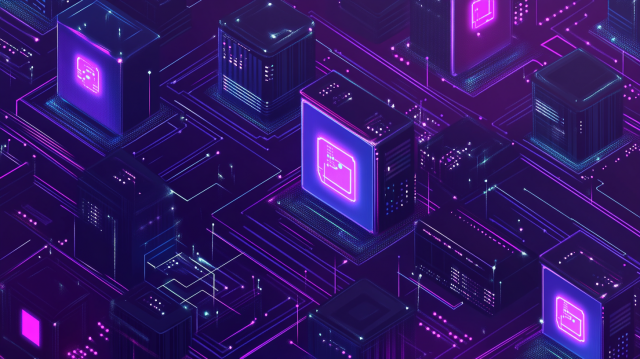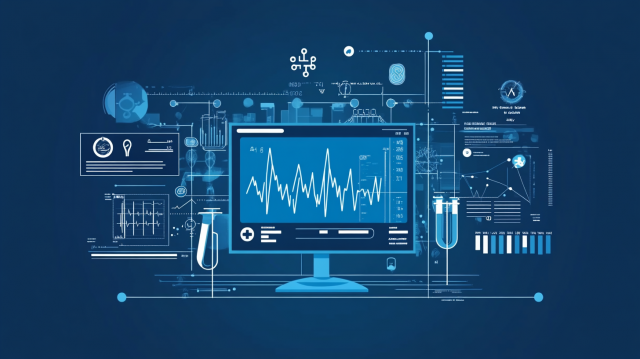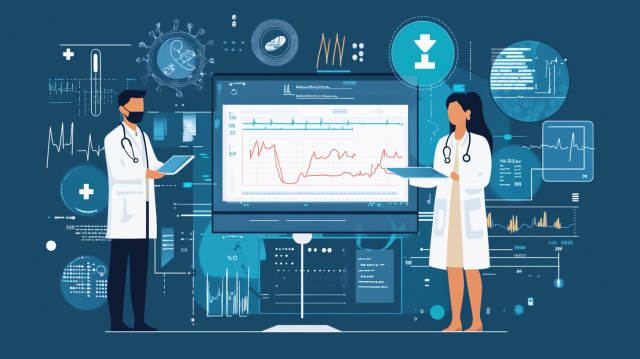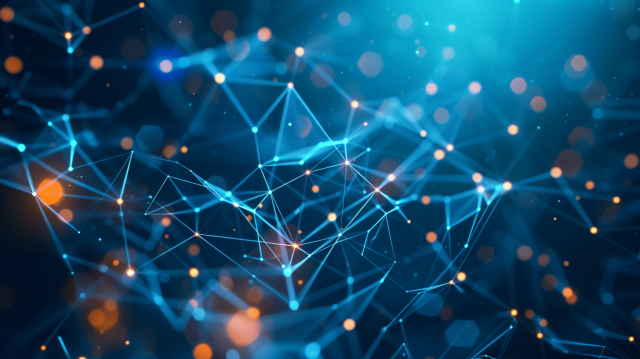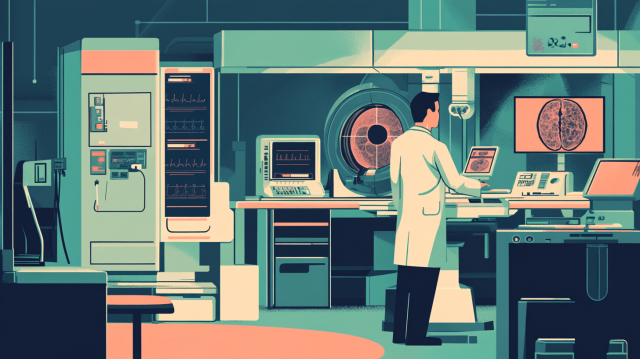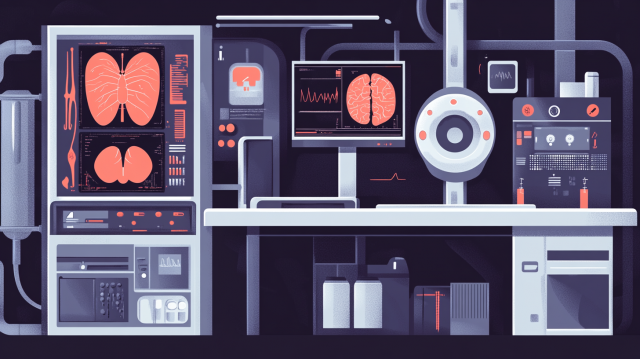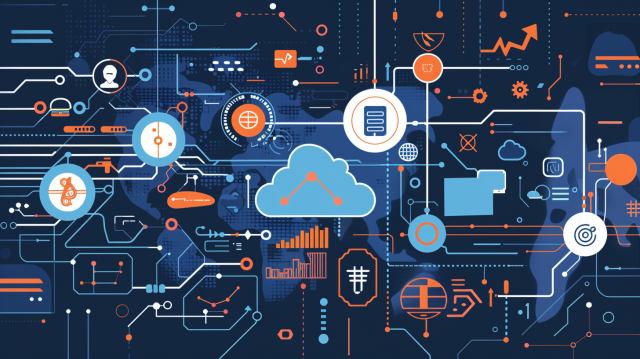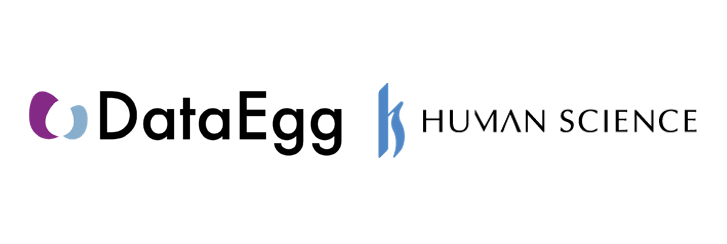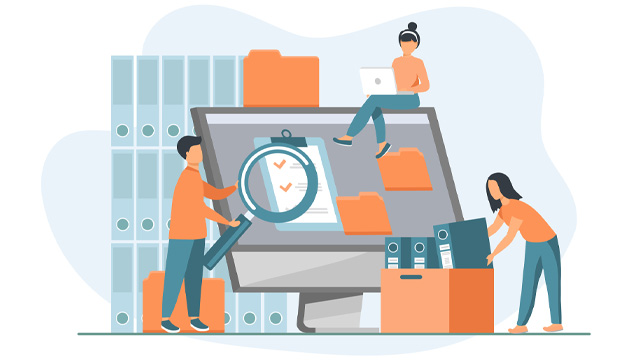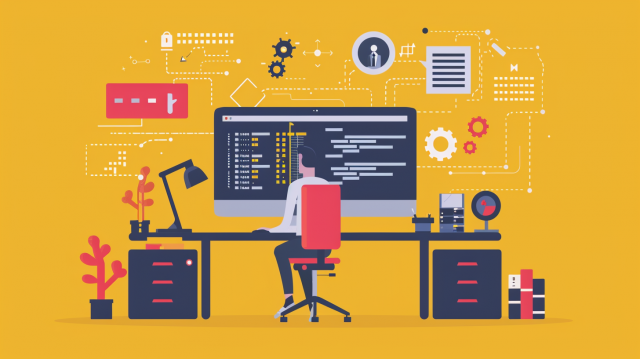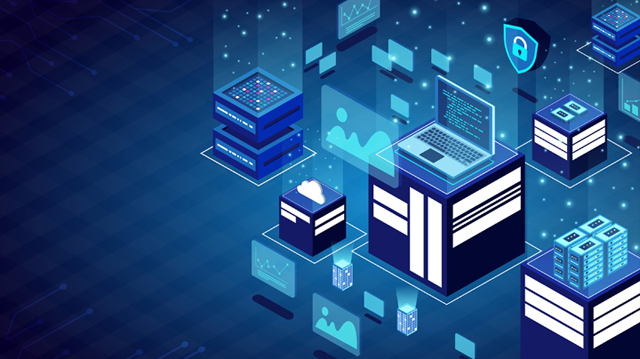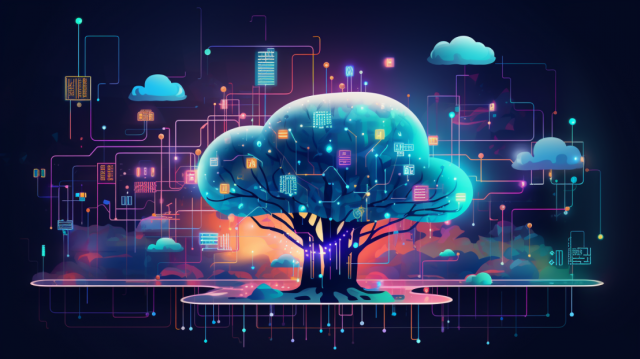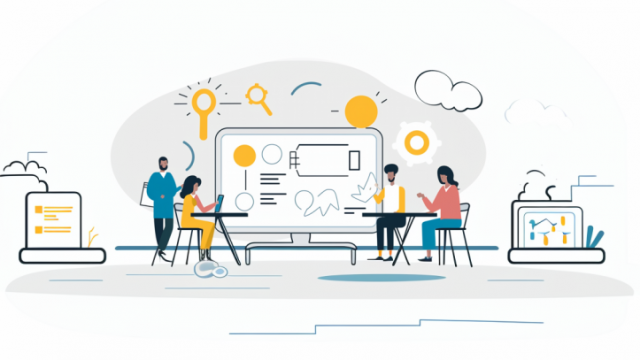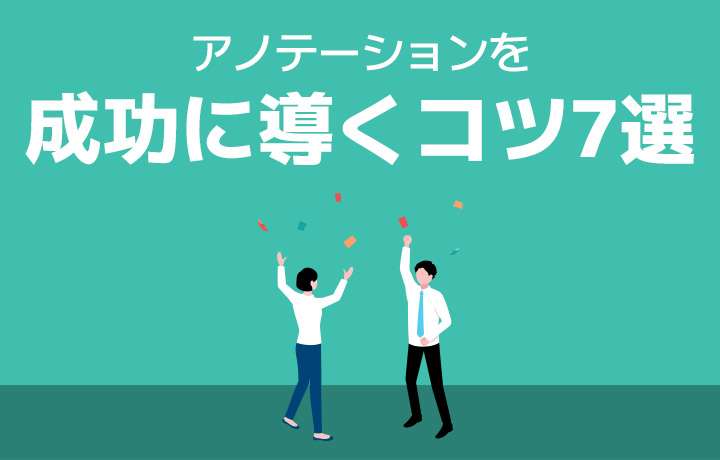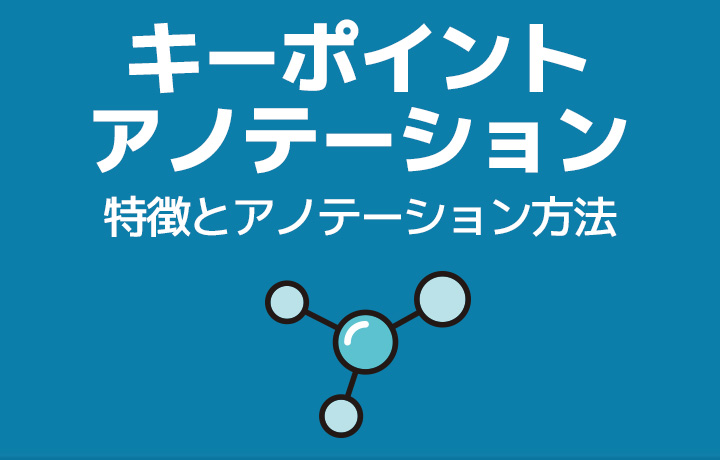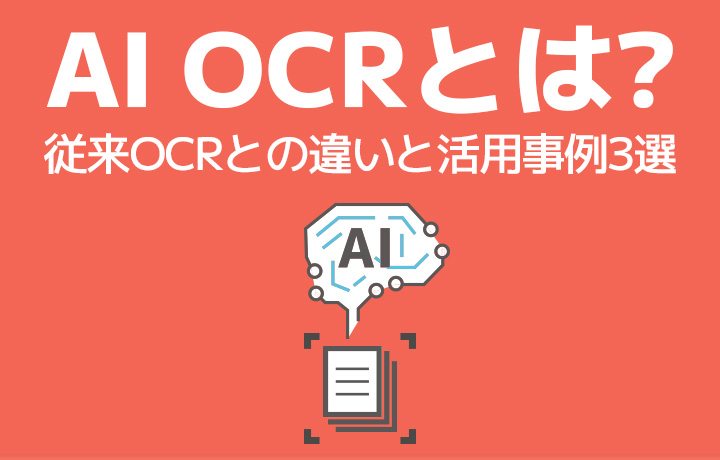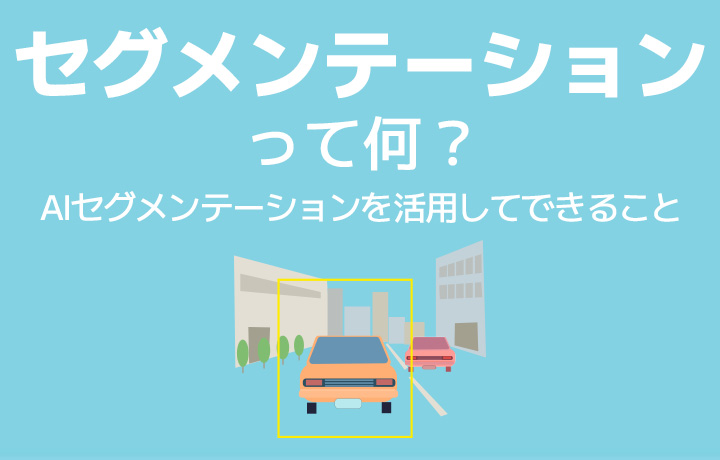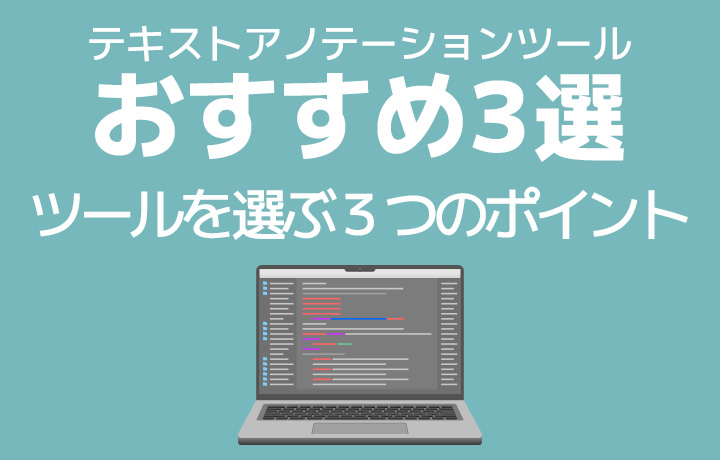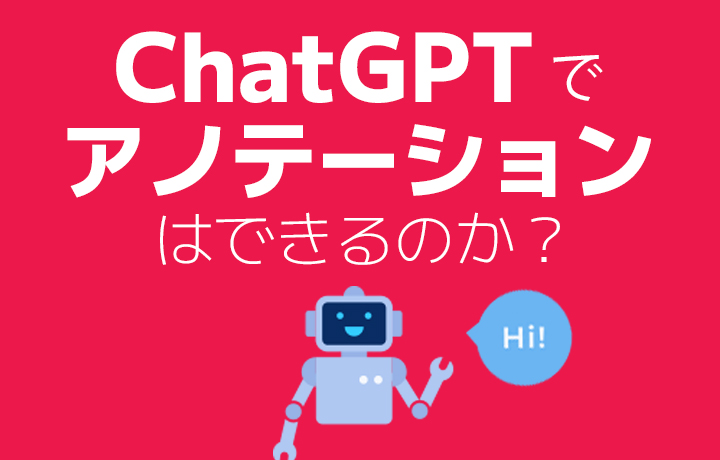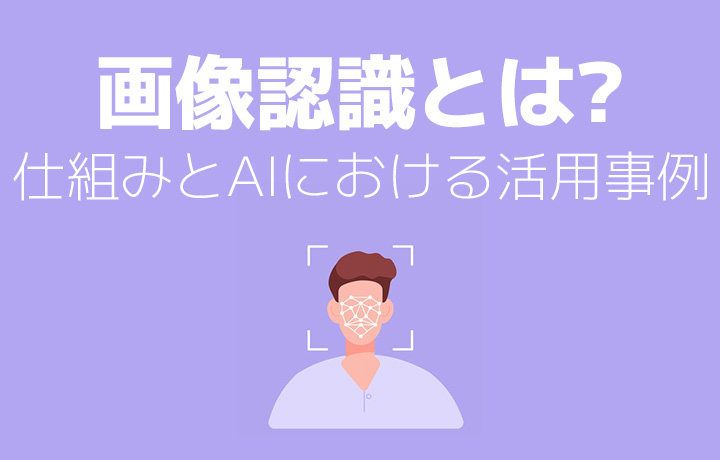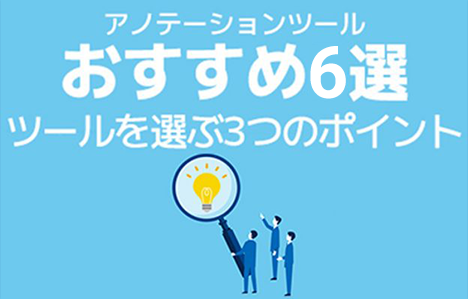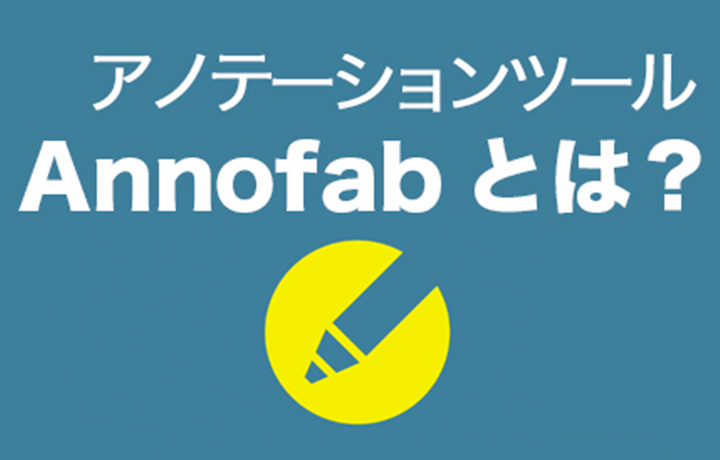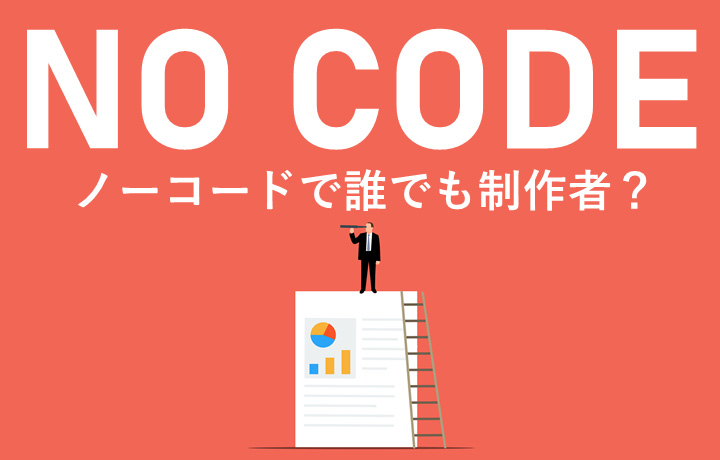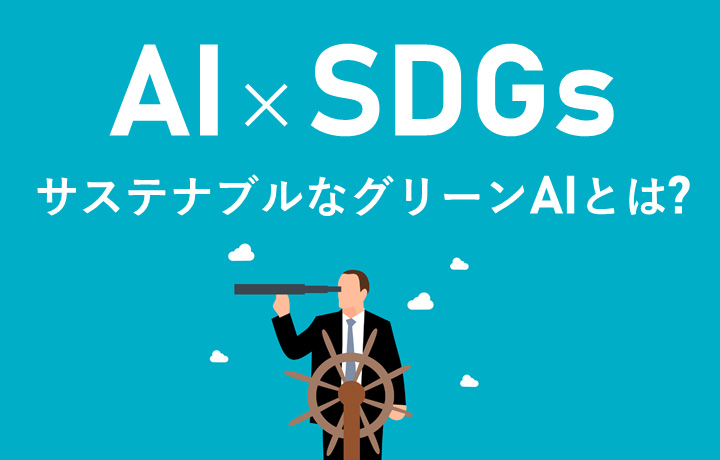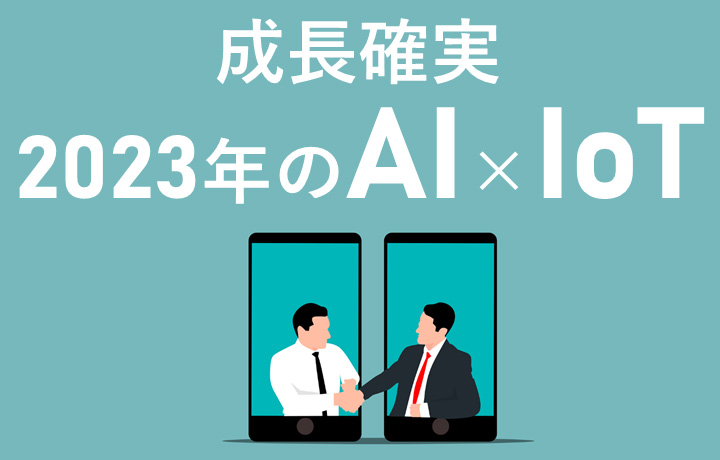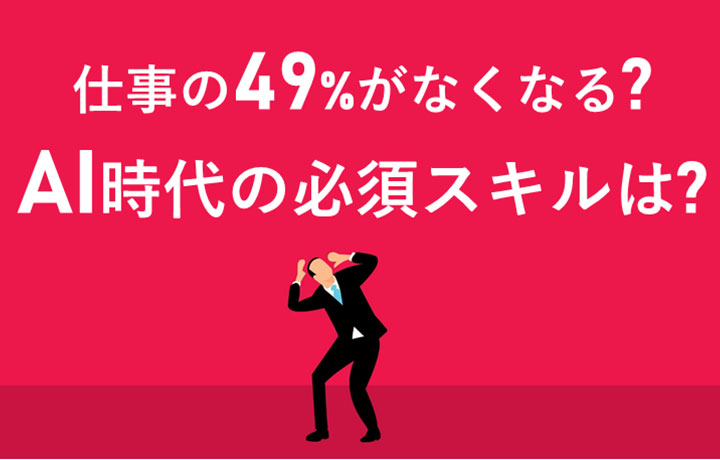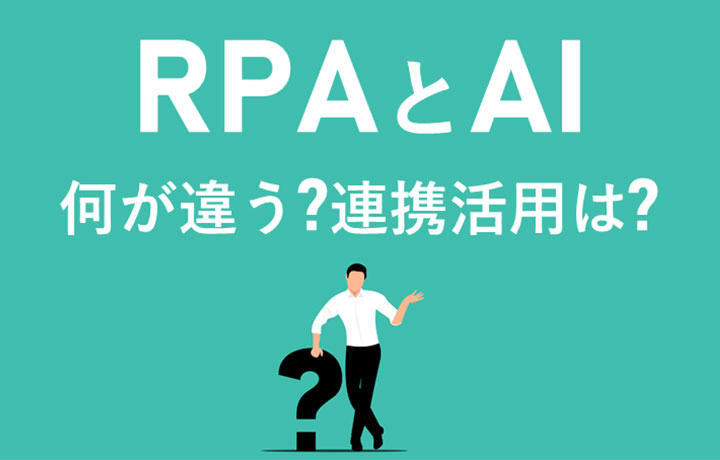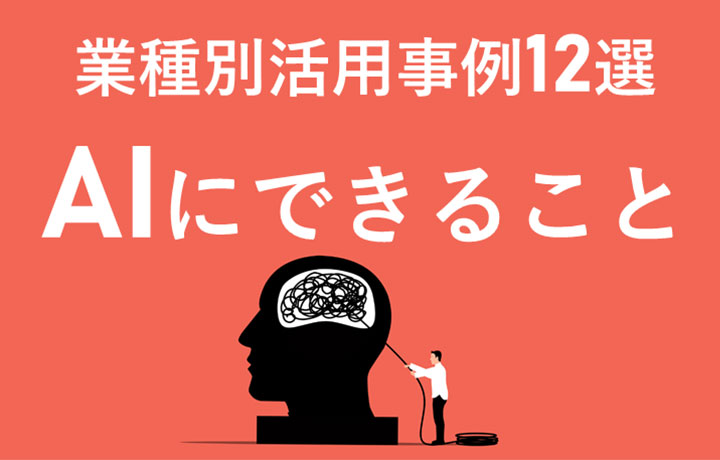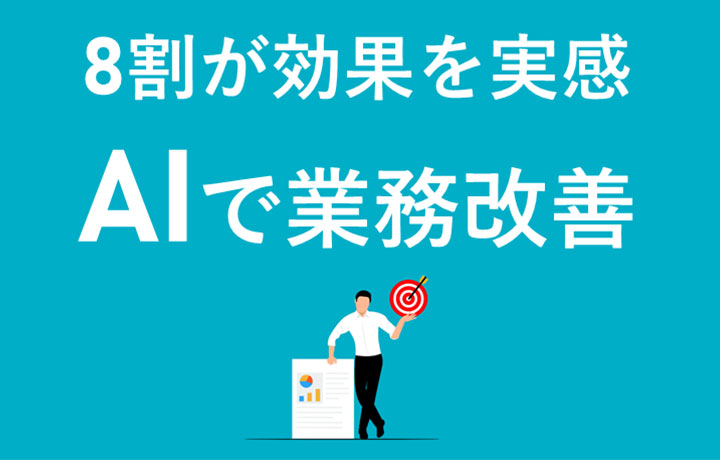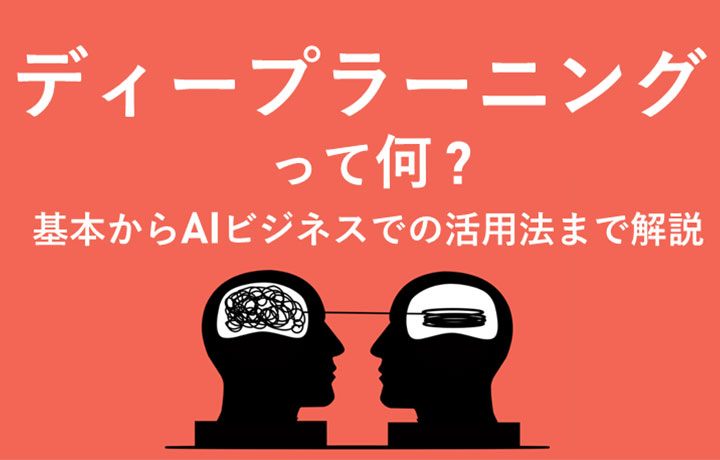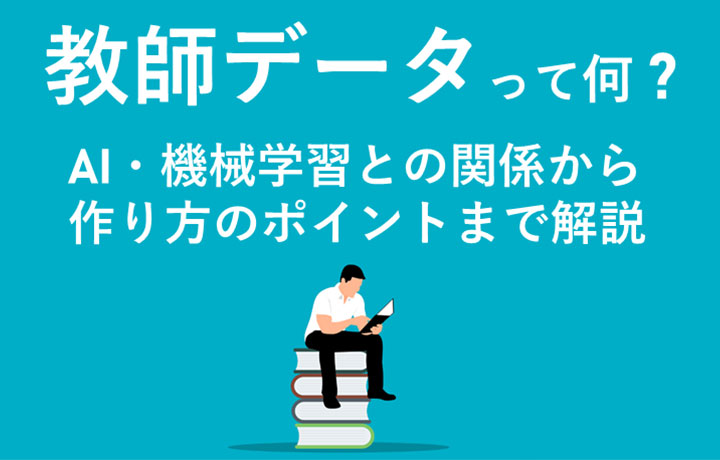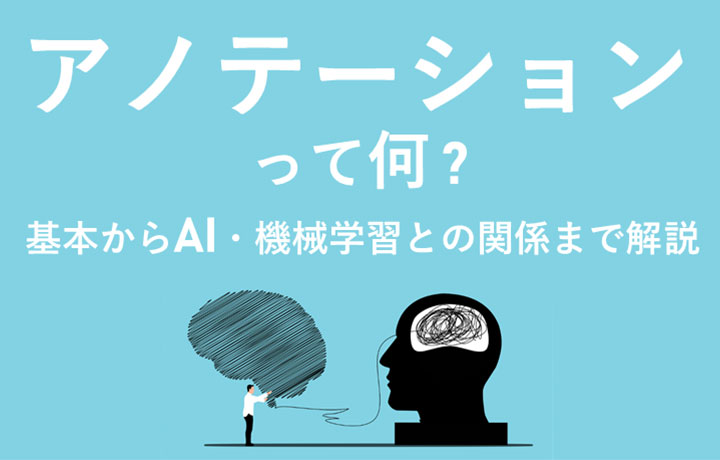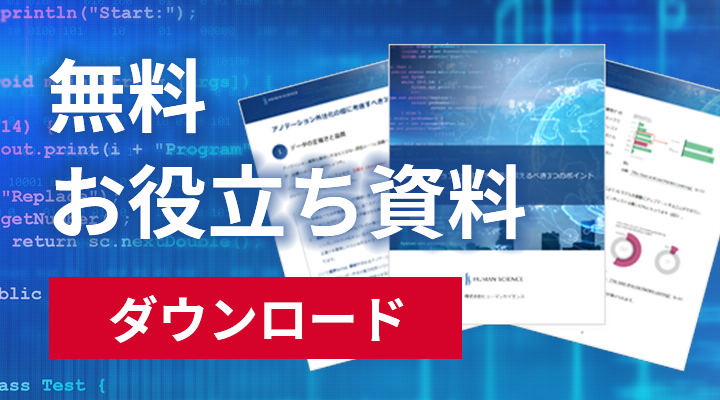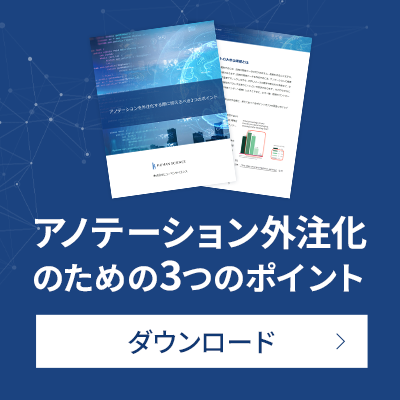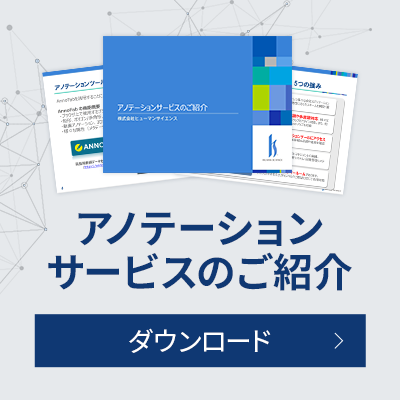
The advent of generative AI is transforming the AI development process at an unprecedented speed. Annotation work, which is often required for training AI models, has traditionally been done manually, but it has become a bottleneck in AI development that demands speed due to the need to create large volumes of data. However, recently, the scope of automatic annotation using generative AI has been expanding, making work efficiency and labor-saving increasingly achievable. That said, not all annotation tasks can be entrusted to AI. This is not limited to annotation work; how to effectively utilize AI while coexisting with human judgment is an important theme.
This time, we will organize the "areas that can be automated" and the "areas where human intervention is indispensable" in annotation work, and consider the optimal methods for companies considering AI implementation.
- Table of Contents
1. What is Annotation?
Annotation is the process of adding labels and attribute information to data such as images, text, and audio so that AI can learn from it. For example, it involves tasks like enclosing abnormal areas in medical images with polygons and labeling them, or categorizing customer support inquiries.
Reference Blog: What is Annotation? Explanation from its Meaning to its Relationship with AI and Machine Learning.
To build highly accurate AI models, the quality of this annotation work is extremely important. Quality refers to, for example, whether the correct labels are assigned to the target objects and whether the polygon accuracy meets the annotation requirements. With traditional manual methods, ensuring such quality required enormous costs and time, and inconsistencies in judgment among workers inevitably affected the learning process.
If we can leverage the power of generative AI to address these challenges, we can expect not only unprecedented improvements in development speed and cost reduction but also automation across a broader range of areas.
2. Areas That Can Be Automated: Efficiency Through AI
The automation of annotation using AI has made significant progress in recent years. Especially in fields such as image recognition and natural language processing (NLP), generative AI automatically labels large amounts of data, achieving substantial efficiency improvements and cost reductions compared to traditional manual work. Additionally, conventional discriminative AI has also continued to advance automation technologies, particularly in areas like image recognition. By utilizing these technologies, there have been reports of cases where annotation time can be reduced by 30% to 80%.
● Image Annotation: AI models automatically detect objects within images (e.g., cars, people, signs) and automate the labeling process. Widely applicable for creating datasets for autonomous driving and surveillance cameras. Meta's SAM 2 also supports video segmentation.
Reference Link: Segment Anything Model 2 (SAM 2)
● Text Annotation: AI automatically tags text data with sentiments (positive/negative) and entities (person names, place names, organization names, etc.). Utilized for creating training data for chatbots and search engines.
●Voice Annotation: Automatically convert audio data to text and tag speakers, emotions, and more. Applied in speech recognition and call center analysis.
Reference Blog: Is Annotation Possible with ChatGPT?
3. Areas Difficult to Automate: Judgments That Require Human Expertise
On the other hand, there are areas where full automation of annotation by AI is difficult. The main reasons include limitations in the detection accuracy of tools, challenges in handling exceptional cases, and AI's low adaptability to special requirements unique to each industry and product.
●Medical Image Annotation: A field that requires advanced expertise, such as identifying cancer cells and subtle abnormalities. Human verification is essential due to the high risk of AI false detections and oversights.
●Texts containing complex emotions and context: Emotion analysis and interpretation that require understanding human-specific nuances such as irony, metaphors, and cultural backgrounds. Accurate judgment is difficult with AI trained only on general data.
●Niche industries and unique data formats: When there are special product images or industry-specific labeling standards, existing AI tools cannot fully handle them, requiring human customization.
Reference Blog: Three Perspectives on Annotation Automation. Is Automating Work with Annotation Tools Realistic?
4. Hybrid Approach: Collaboration Between AI and Humans
We have examined areas that can be automated by AI and those that are difficult to automate. While some tasks can be almost fully automated, others remain challenging, and it is not currently possible to automate every type of annotation work. In practice, a hybrid approach combining AI-based automatic annotation with human review and correction—known as Human-in-the-Loop—is the most effective method. This approach improves efficiency through automation while ensuring quality through human expertise.
●Manual Verification After Automatic Annotation: After AI labels large amounts of data, humans sample and check accuracy, correcting errors.
●Active Learning: AI strategically selects "which data should be labeled," and by having humans label only that data, it aims to maximize model performance improvement with minimal training data.
●Continuous Feedback Loop: Humans correct AI annotation results, and the corrected data is used for retraining, gradually improving the accuracy of AI annotations.
As such, AI annotation automation technology is evolving, but in the field, combining human judgment and expertise can achieve higher-quality annotations.
5. Summary
AI is bringing significant innovation to annotation tasks, but "complete automation" has not yet been achieved. However, by leveraging AI, improved work efficiency can be expected. One effective method for this is a hybrid approach where quality control tasks such as checking and corrections, which require human judgment, are entrusted to people while AI is used in a supportive role.
For companies promoting AI development, annotation work will continue to be an unavoidable process. Instead of engineers performing the tasks themselves, utilizing AI to reduce the workload allows them to focus on development tasks. If you also want to reduce the burden on parts that require manual checking, outsourcing all or part of the annotation work to external vendors is also an option.
6. Human Science Teacher Data Creation, LLM RAG Data Structuring Agency Service
Over 48 million pieces of training data created
At Human Science, we are involved in AI model development projects across various industries, starting with natural language processing, including medical support, automotive, IT, manufacturing, and construction. Through direct transactions with many companies, including GAFAM, we have provided over 48 million high-quality training data. We handle a wide range of training data creation, data labeling, and data structuring, from small-scale projects to long-term large projects with a team of 150 annotators, regardless of the industry.
Resource management without crowdsourcing
At Human Science, we do not use crowdsourcing. Instead, projects are handled by personnel who are contracted with us directly. Based on a solid understanding of each member's practical experience and their evaluations from previous projects, we form teams that can deliver maximum performance.
Not only for creating training data but also supports the creation and structuring of generative AI LLM datasets
In addition to creating labeled and identified training data for data organization, we also support the structuring of document data for generative AI and LLM RAG construction. Since our founding, we have been engaged in manual production as a primary business and service, leveraging our unique know-how gained from extensive knowledge of various document structures to provide optimal solutions.
Secure room available on-site
Within our Shinjuku office at Human Science, we have secure rooms that meet ISMS standards. Therefore, we can guarantee security, even for projects that include highly confidential data. We consider the preservation of confidentiality to be extremely important for all projects. When working remotely as well, our information security management system has received high praise from clients, because not only do we implement hardware measures, we continuously provide security training to our personnel.

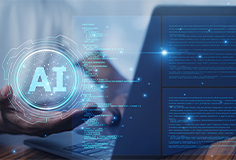 Text Annotation
Text Annotation Audio Annotation
Audio Annotation Image & Video Annotation
Image & Video Annotation Generative AI, LLM, RAG Data Structuring
Generative AI, LLM, RAG Data Structuring
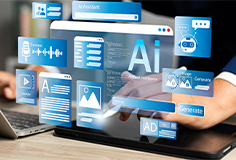 AI Model Development
AI Model Development In-House Support
In-House Support For the medical industry
For the medical industry For the automotive industry
For the automotive industry For the IT industry
For the IT industry







